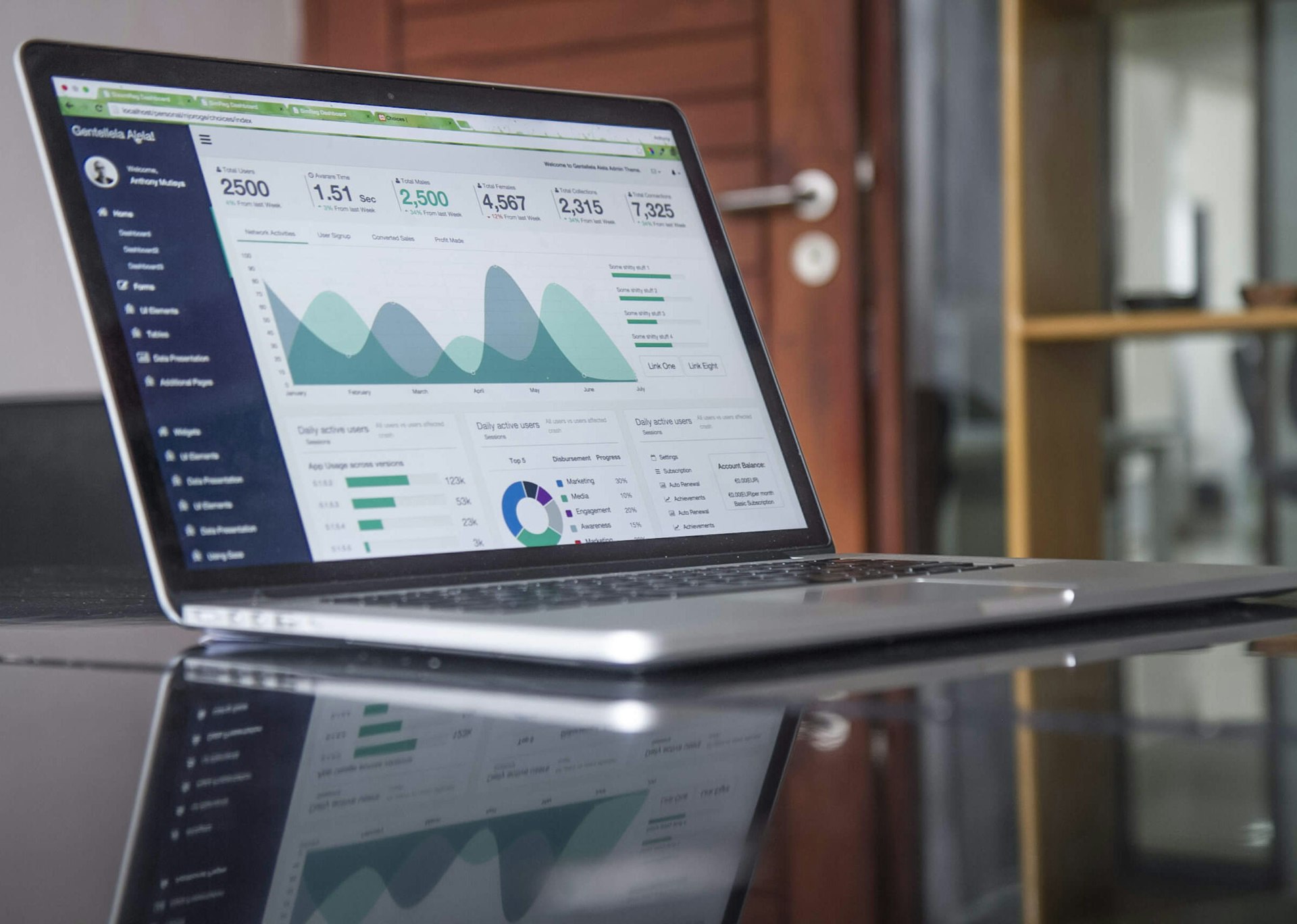When Melbourne-based retailer ChicStyle came to us, their beautiful website had one major problem: it took 6.2 seconds to load. They were hemorrhaging customers and didn’t know why. Here’s how we transformed their site performance and business metrics.
The Initial Audit
Performance Metrics (Before)
- First Contentful Paint: 3.8s
- Largest Contentful Paint: 5.9s
- Time to Interactive: 6.2s
- Total Page Size: 8.4MB
- Requests: 187
Business Impact
- Bounce rate: 73%
- Mobile conversion: 0.8%
- Cart abandonment: 84%
- SEO rankings: Page 3-5
Our Optimization Strategy
1. Image Optimization (40% improvement)
Problem: 5.2MB of unoptimized images Solution:
- Converted PNGs to WebP: 75% size reduction
- Implemented responsive images
- Lazy loading below the fold
- Automated compression pipeline
<!-- Before -->
<img src="product-large.png" width="1200" height="800">
<!-- After -->
<picture>
<source srcset="product-320w.webp 320w,
product-640w.webp 640w,
product-1200w.webp 1200w"
sizes="(max-width: 640px) 100vw,
(max-width: 1024px) 50vw,
600px"
type="image/webp">
<img src="product-fallback.jpg"
loading="lazy"
alt="Product description">
</picture>2. JavaScript Optimization (25% improvement)
Problem: 1.8MB of blocking JavaScript Solution:
- Code splitting by route
- Removed unused dependencies
- Deferred non-critical scripts
- Minification and compression
3. Critical CSS (20% improvement)
Problem: 420KB render-blocking CSS Solution:
- Extracted critical CSS inline
- Async loaded non-critical styles
- Removed unused CSS (87% reduction)
- Optimized font loading
4. Server Optimization (15% improvement)
Problem: Slow TTFB (2.1s) Solution:
- Implemented CDN (Cloudflare)
- Enabled Brotli compression
- Optimized database queries
- Added Redis caching layer
Implementation Timeline
Week 1: Quick Wins
- Image compression
- Enable gzip
- Minify CSS/JS
- Result: 3.8s load time
Week 2: Major Optimizations
- Implement lazy loading
- Code splitting
- Critical CSS
- Result: 1.9s load time
Week 3: Fine Tuning
- CDN implementation
- Advanced caching
- Database optimization
- Result: 0.8s load time
The Results
Performance Metrics (After)
- First Contentful Paint: 0.6s (-84%)
- Largest Contentful Paint: 1.2s (-80%)
- Time to Interactive: 0.8s (-87%)
- Total Page Size: 1.1MB (-87%)
- Requests: 42 (-78%)
Business Impact
- Bounce rate: 31% (-57%)
- Mobile conversion: 3.2% (+300%)
- Cart abandonment: 52% (-38%)
- Revenue: +40% in 30 days
- SEO rankings: Page 1 for key terms
Key Learnings
1. Mobile-First is Non-Negotiable
70% of their traffic was mobile, yet the site was optimized for desktop. We flipped the approach, designing for mobile performance first.
2. Perceived Performance Matters
By optimizing the critical rendering path, users saw content in 0.6s even though full load was 0.8s. This psychological improvement was huge.
3. Every Millisecond Counts
Our data showed:
- 100ms improvement = 1% conversion increase
- 1s improvement = 7% revenue increase
- Sub-2s loads = 2x engagement
Your Action Plan
Quick Wins (Do Today)
- Compress all images (use TinyPNG or similar)
- Enable gzip/Brotli compression
- Minify CSS and JavaScript
- Implement browser caching
Medium-Term (This Week)
- Audit third-party scripts
- Implement lazy loading
- Optimize web fonts
- Review hosting performance
Long-Term (This Month)
- Implement CDN
- Code splitting
- Progressive Web App features
- Continuous monitoring
Tools We Used
- Google PageSpeed Insights: Overall analysis
- WebPageTest: Detailed waterfall analysis
- Chrome DevTools: Performance profiling
- Lighthouse CI: Automated testing
The Bottom Line
Website speed isn’t just a technical metric - it’s a business metric. ChicStyle’s 40% revenue increase paid for our optimization work in just 2 weeks.
Every second of load time costs you customers. In ChicStyle’s case, their slow site was costing them $180,000 per month in lost revenue.
Is your website speed costing you money? Get a free performance audit and see exactly how much faster your site could be.




